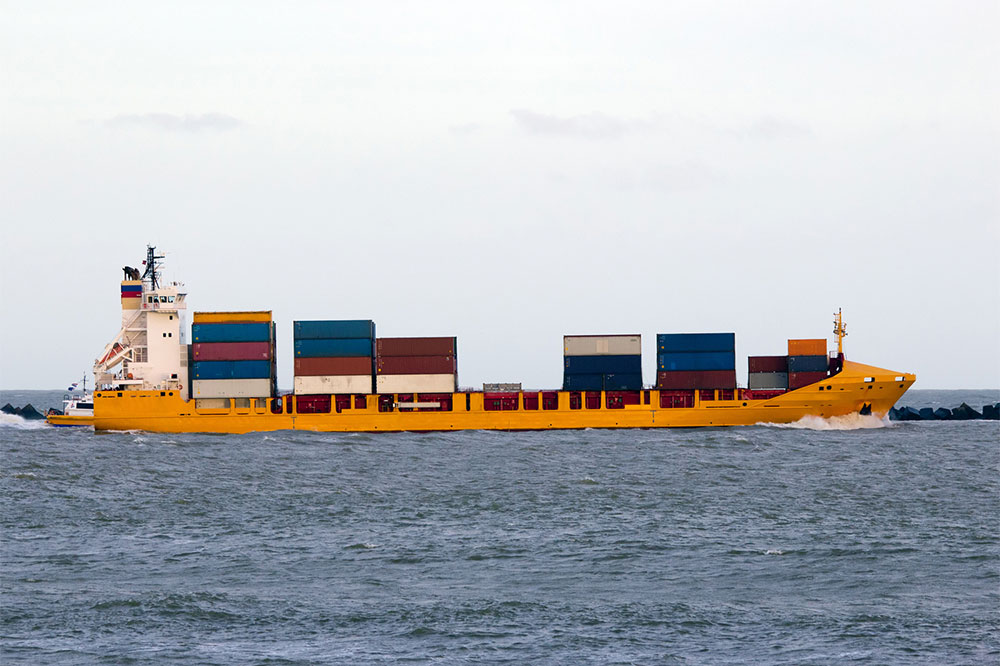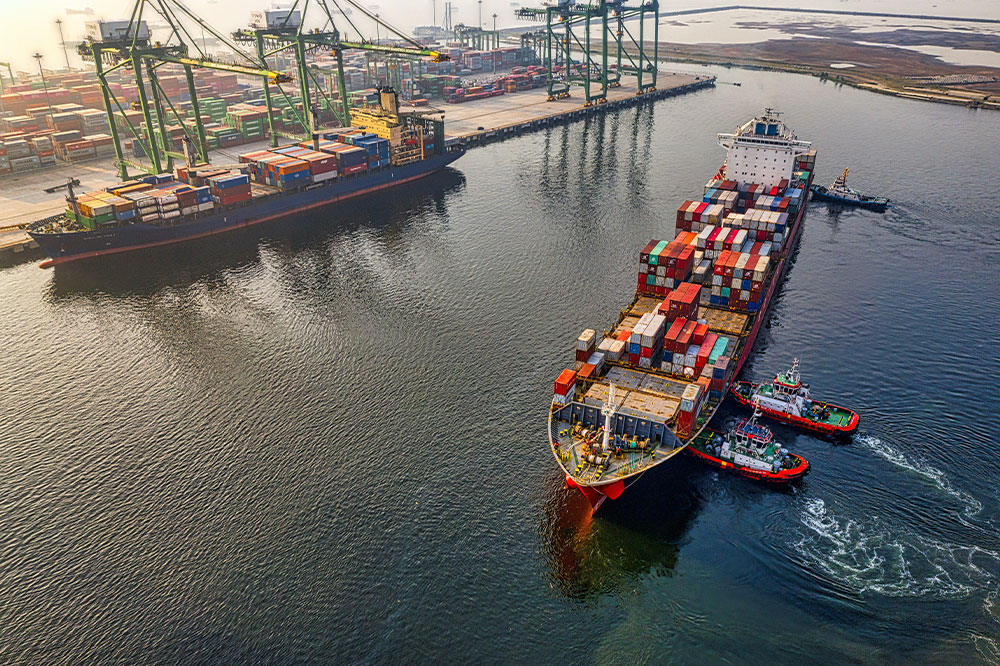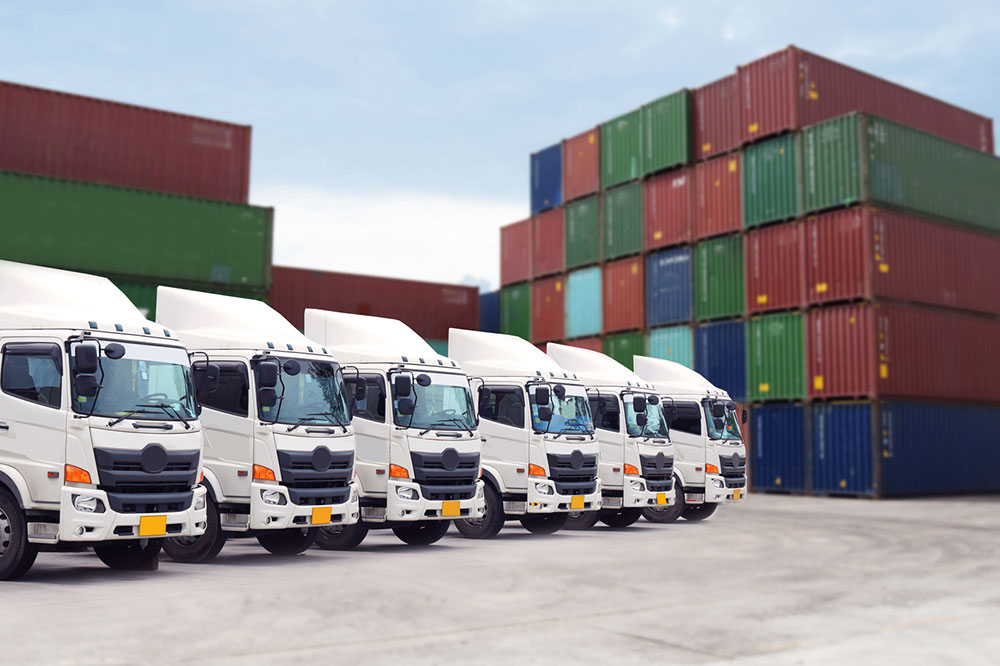Advantages and Disadvantages of Sea Freight Transportation
This article explores the benefits and drawbacks of sea freight transportation, highlighting its cost-effectiveness, capacity, and role in global trade, alongside risks like delays, environmental impact, and safety concerns. It underscores the importance of sustainable practices for future maritime shipping.
Sponsored

Advantages and Disadvantages of Sea Freight Shipping
Sea freight, also called maritime shipping or waterborne transport, involves moving goods and passengers across oceans and seas. It remains one of the most cost-effective methods for transporting large volumes over long distances. Covering much of the Earth's surface, water transport is a practical alternative to land and air options. Nonetheless, it has specific benefits and challenges that businesses and shippers should consider.
Advantages of sea freight
Cost-Effectiveness: Transporting goods via ships is economical, especially for bulky or heavy cargo. The shared costs among multiple clients make it an affordable choice for international trade, supported by lower operational and maintenance expenses.
Furthermore, large ships can accommodate diverse cargo sizes, from lightweight packages to heavy machinery, trucks, or industrial equipment, enabling efficient transportation of extensive volumes. The security of cargo is enhanced by sealed containers, reducing the risk of loss during transit.
Sea freight facilitates international commerce by connecting markets worldwide and infusing countries with vital resources. Over 70% of global trade is handled through port infrastructure, emphasizing its importance. Water routes often provide smoother, faster movement for large shipments compared to road or air, and containers can seamlessly transfer between ships, trucks, and trains.
Disadvantages of sea freight
Slow Transit Times: Ships are much slower than aircraft and often take weeks to reach destinations, making maritime transport unsuitable for urgent deliveries.
Potential Delays: Weather turbulence or unforeseen events can cause delays, and cargo risks such as collisions, sinking, or damage increase with long voyages.
Tracking Difficulties: Unlike real-time airline tracking, maritime routes are less predictable, often changing routes or schedules, complicating shipment tracking.
Risks of Accidents: Ship accidents, including collisions, capsizing, or weather-related incidents, pose dangers to cargo and crew. Piracy and terrorist threats in uncharted waters also add risk.
Extended Delivery Chains: Sea freight mostly moves large volumes over long distances, often requiring additional land transportation, increasing total delivery times.
Variable Freight Charges: Shipping rates fluctuate due to fuel costs, seasons, currency fluctuations, and cargo capacity constraints. Ports may also charge duties and taxes upon arrival.
Additionally, environmental impacts are a consideration. While maritime shipping tends to use less fuel per ton-mile than air or road, it can still contribute to pollution. Key concerns include:
Air Pollution: Ship exhaust releases greenhouse gases and pollutants, affecting air quality and climate change.Water Pollution: Ballast water discharge can harm marine ecosystems, introducing invasive species and contaminating water bodies.
Noisy Operations: Underwater noise from ships can disturb marine life relying on sound for navigation and communication.
Oil Spills: Accidental oil leaks from vessels cause devastating harm to aquatic environments and wildlife, with long-term impacts.
Sea freight remains essential to global trade and economic development, supporting countless jobs worldwide. While certain risks exist, advancements in safety and environmental safeguards can promote sustainable, secure shipping in the future.





